How to Convert Decimals Expansions
- How to Convert Decimal Expansions – Introduction
- Understanding Decimal Conversions – Explanation
- Converting Decimals to Fractions
- Converting Repeating Decimals to Fractions
- Converting Decimals to Percentages
- Converting Decimals to Scientific Notation
- Converting Decimals to Binary, Hexadecimal, and Octal
Learning text on the topic How to Convert Decimals Expansions
How to Convert Decimal Expansions – Introduction
In mathematics, the ability to convert decimal expansions into fractions, percentages, and even different number systems like binary or hexadecimal, is essential. These skills are not only useful in practical situations, such as calculating sales discounts or analyzing data, but also form the basis for more complex concepts encountered in high school and beyond.
Understanding Decimal Conversions – Explanation
Converting decimal expansions involves changing a decimal number into other forms, such as fractions, percentages, or different bases (binary, hexadecimal, octal), depending on the requirement.
The process may differ slightly depending on the target form, but generally includes multiplying, dividing, or applying specific rules to achieve the desired conversion.
| Conversion Type | Step | Example | Result |
|---|---|---|---|
| Decimal to Fraction | Write the decimal over 1 and simplify. | $0.75 \to \frac{0.75}{1}$ | $\frac{3}{4}$ |
| Multiply to eliminate the decimal point and simplify. | Multiply $0.75$ by $100$ to get $\frac{75}{100}$. | $\frac{3}{4}$ (after simplifying) | |
| Decimal to Percent | Multiply the decimal by 100 and add the percent symbol. | $0.75 \times 100$ | $75\%$ |
Converting Decimals to Fractions
Convert $0.5$ to a fraction.
- Write the decimal over 1: $ \frac{0.5}{1} $
- Multiply to remove decimal: Multiply by $10$ to get $ \frac{5}{10} $
- Simplify: Divide both by their greatest common divisor ($5$), resulting in $ \frac{1}{2} $
Converting Repeating Decimals to Fractions
Express $0.333...$ as a fraction.
- Let $ x = 0.333... $
- Multiply by $10$ to get $ 10x = 3.333... $
- Subtract $ x $ from $ 10x $ to find $ 9x = 3 $
- Divide both sides to find $ x = \frac{1}{3} $
Converting Decimals to Percentages
Express 0.5 as a percentage.
- Multiply by 100: $ 0.5 \times 100 = 50 $%
- Attach the percent symbol: 50%
Converting Decimals to Scientific Notation
Convert 0.00057 to scientific notation.
- Move the decimal: After the first non-zero digit to get 5.7.
- Count the places: Moved the decimal 4 places to the left.
- Write in scientific notation: $ 5.7 \times 10^{-4} $
Converting Decimals to Binary, Hexadecimal, and Octal
Convert the decimal number 5 to binary.
- Divide by 2: 5 ÷ 2 = 2 remainder 1 (LSB).
- Continue dividing: 2 ÷ 2 = 1 remainder 0.
- Until the quotient is 0: 1 ÷ 2 = 0 remainder 1 (MSB).
- Read remainders from bottom to top: 101.
How to Convert Decimal Expansions – Summary
Key Learnings from this Text:
- To convert decimals to fractions, multiply by 10n where n is the number of decimal places and simplify the fraction.
- Repeating decimals can be converted to fractions by setting up algebraic equations.
- Multiplying a decimal by 100 converts it to a percentage.
- Scientific notation of decimals involves moving the decimal point to just after the first non-zero digit and indicating the number of moves as a power of 10.
- Decimals can be converted to binary, hexadecimal, or octal by dividing by the base and recording remainders.
Explore other content on our website platform for interactive practice problems, videos, and printable worksheets to further enhance your understanding of decimal conversions.
How to Convert Decimal Expansions – Frequently Asked Questions
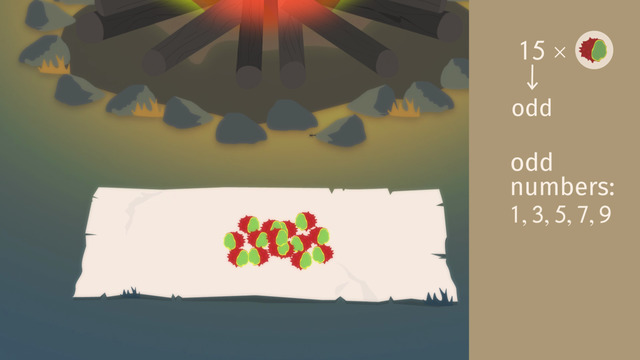
Even and odd numbers

Divisibility Rules - 3, 6, 9
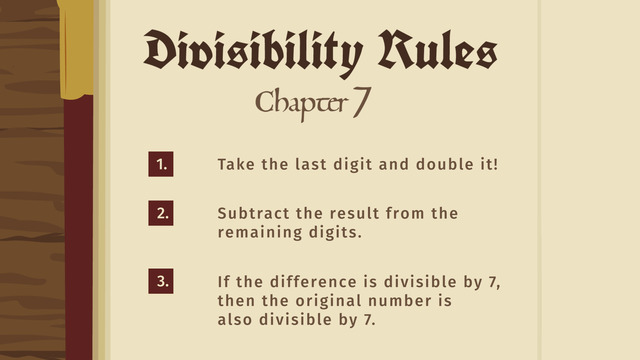
Divisibility Rules - 7

Divisibility Rules - 4, 5, 8, 10
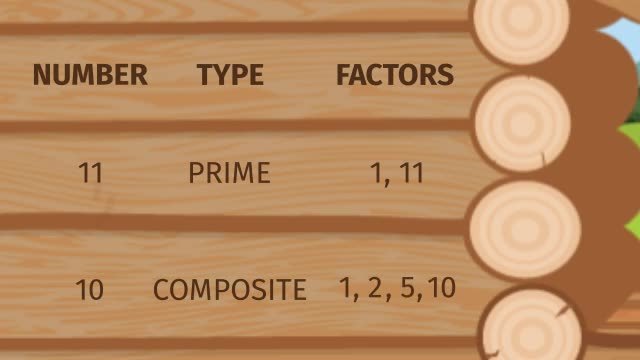
Prime Numbers
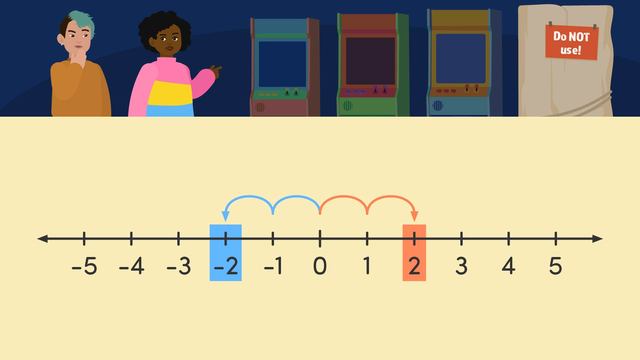
Integers and their Opposites
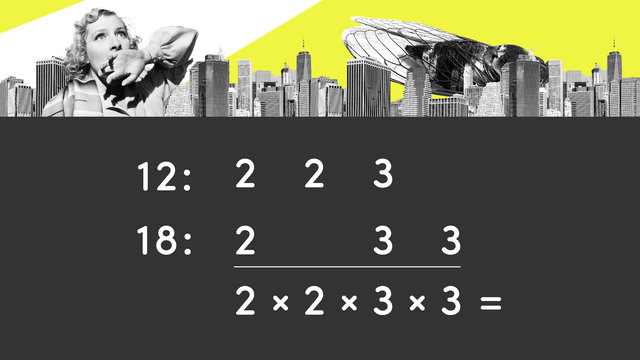
Least Common Multiples
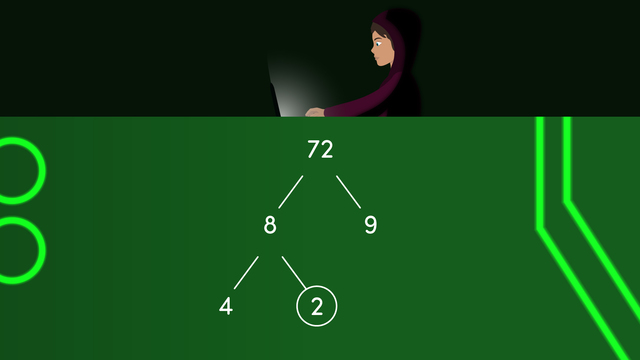
Prime Factorization
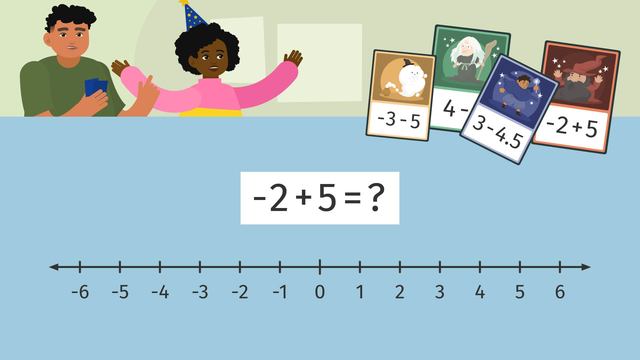
Adding and Subtracting Rational Numbers on a Number Line
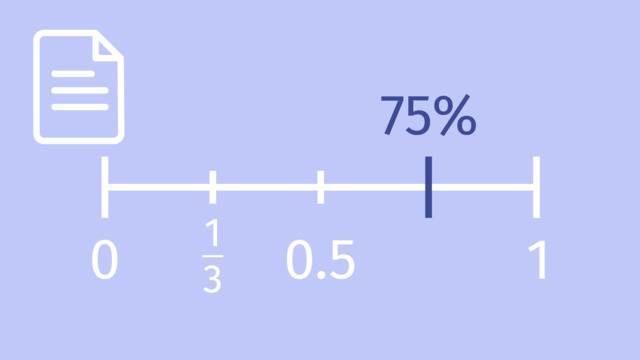
Ordering Rational Numbers
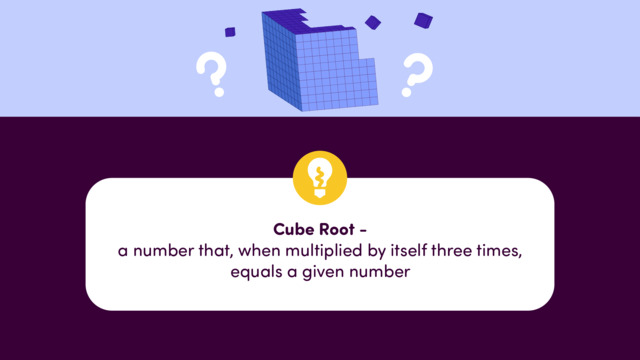
Cube Roots
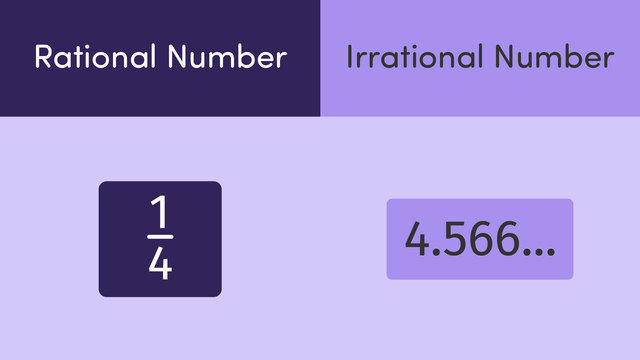
Rational and Irrational Numbers
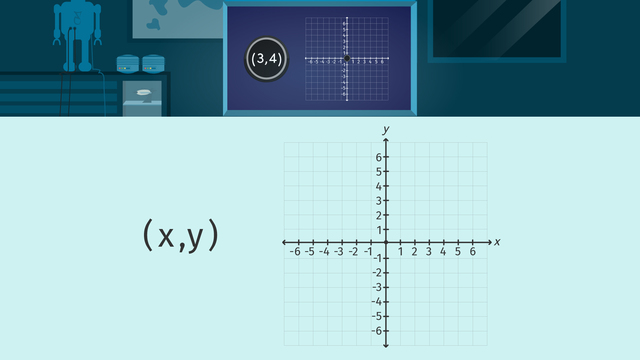
Ordered Pairs on the Coordinate Plane
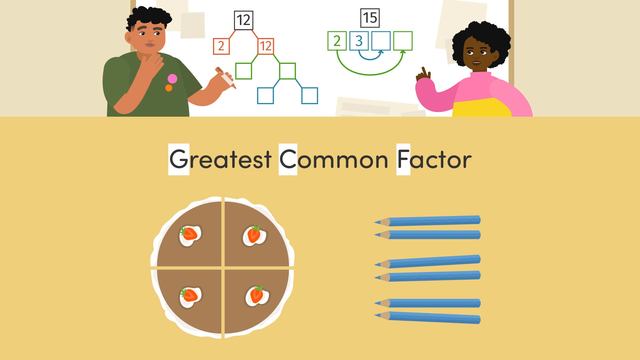
Finding the Greatest Common Factor
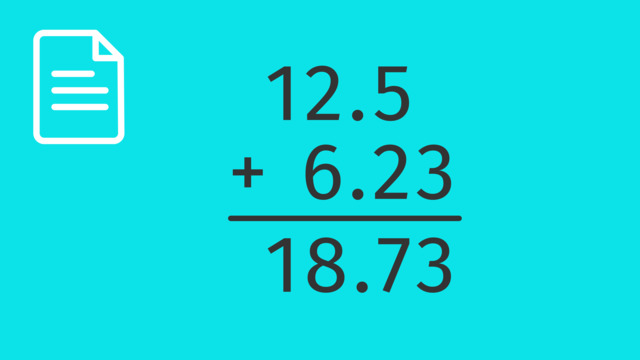
Adding and Subtracting Decimals
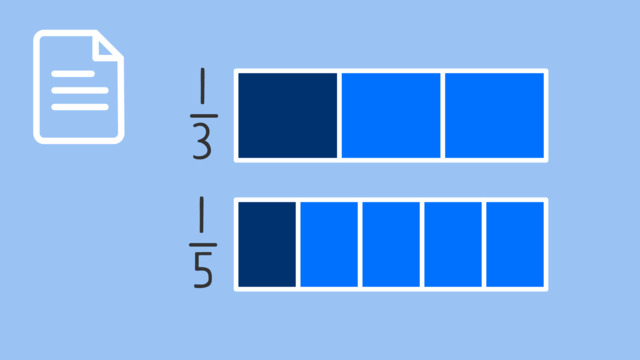
Comparing Fractions
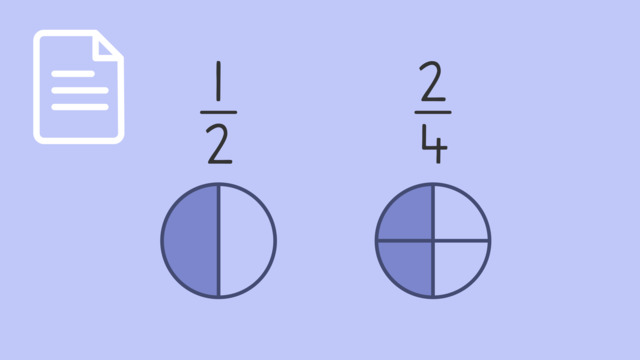
Equivalent Fractions
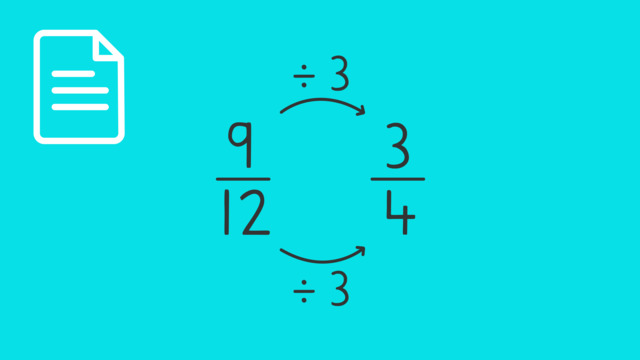
Simplifying Fractions
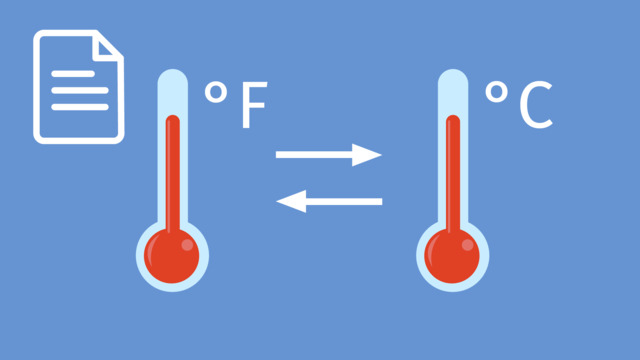
Temperature Conversion
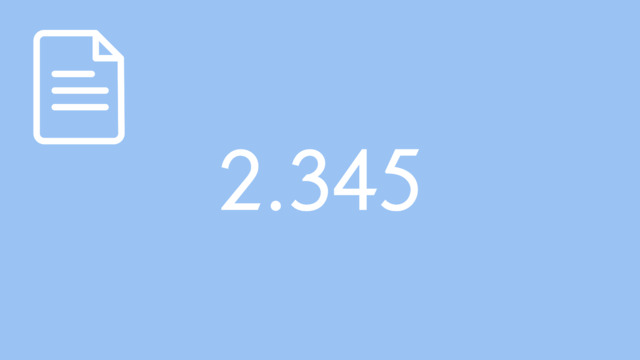
Decimal Expansions
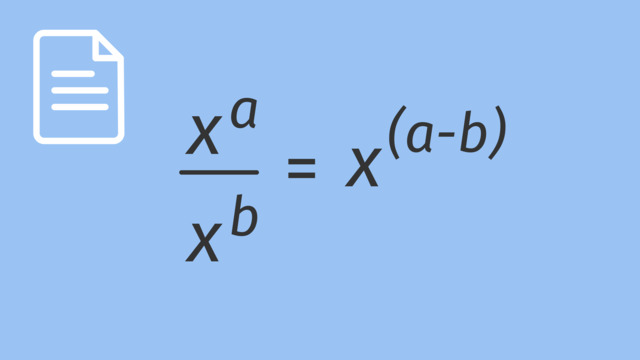
Division with Exponents
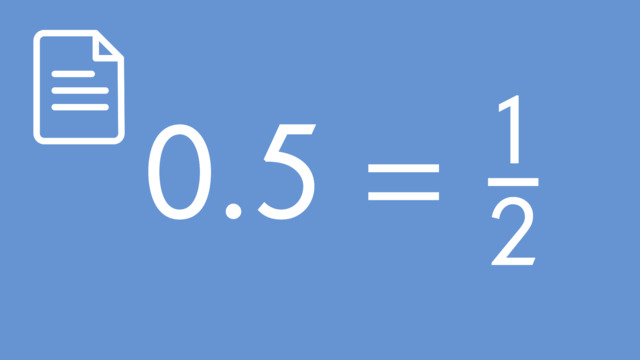
How to Convert Decimals Expansions
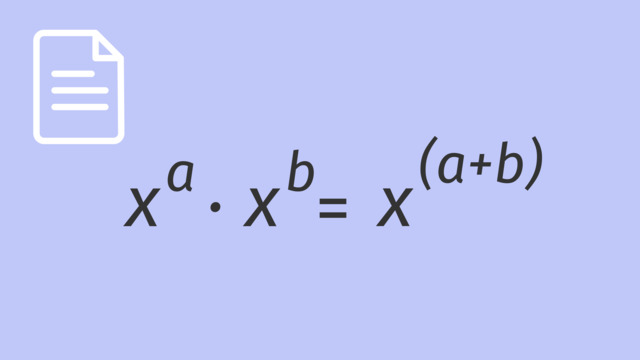
Multiplication with Exponents
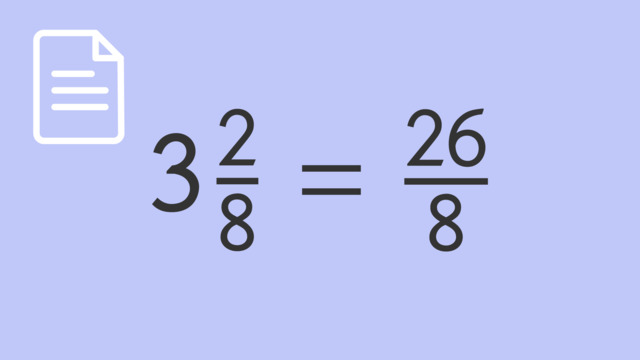
Improper Fractions and Mixed Numbers
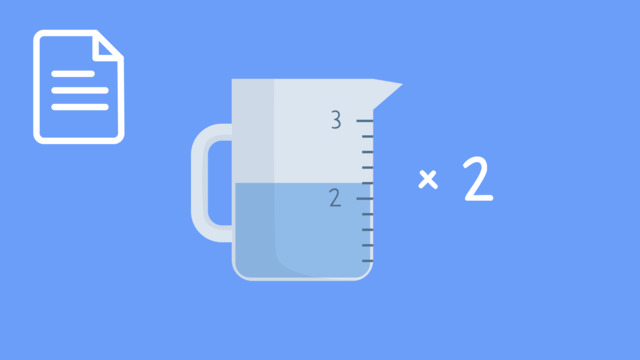
Multiplying Mixed Numbers: Word Problems









